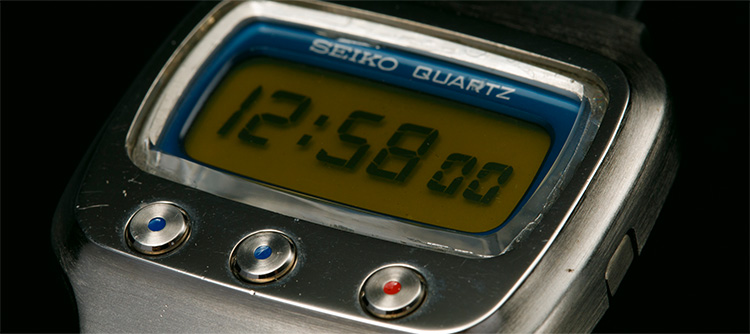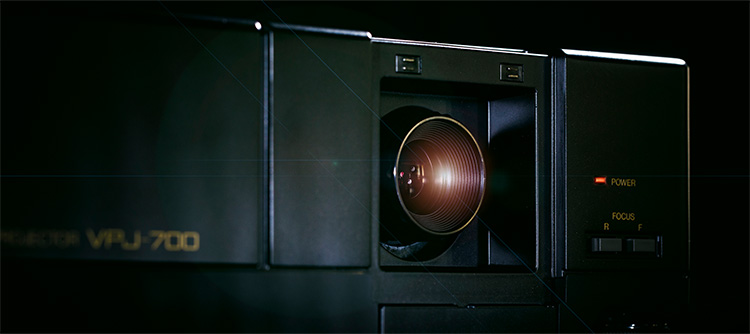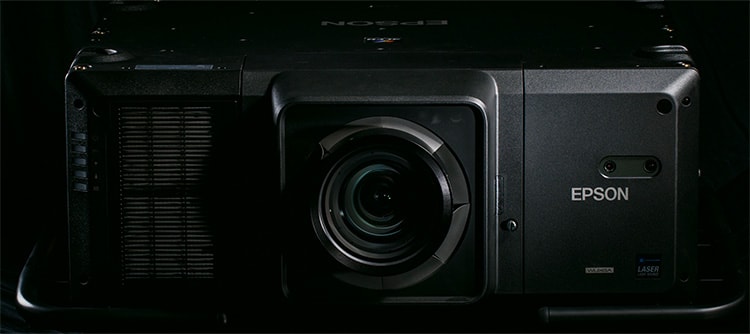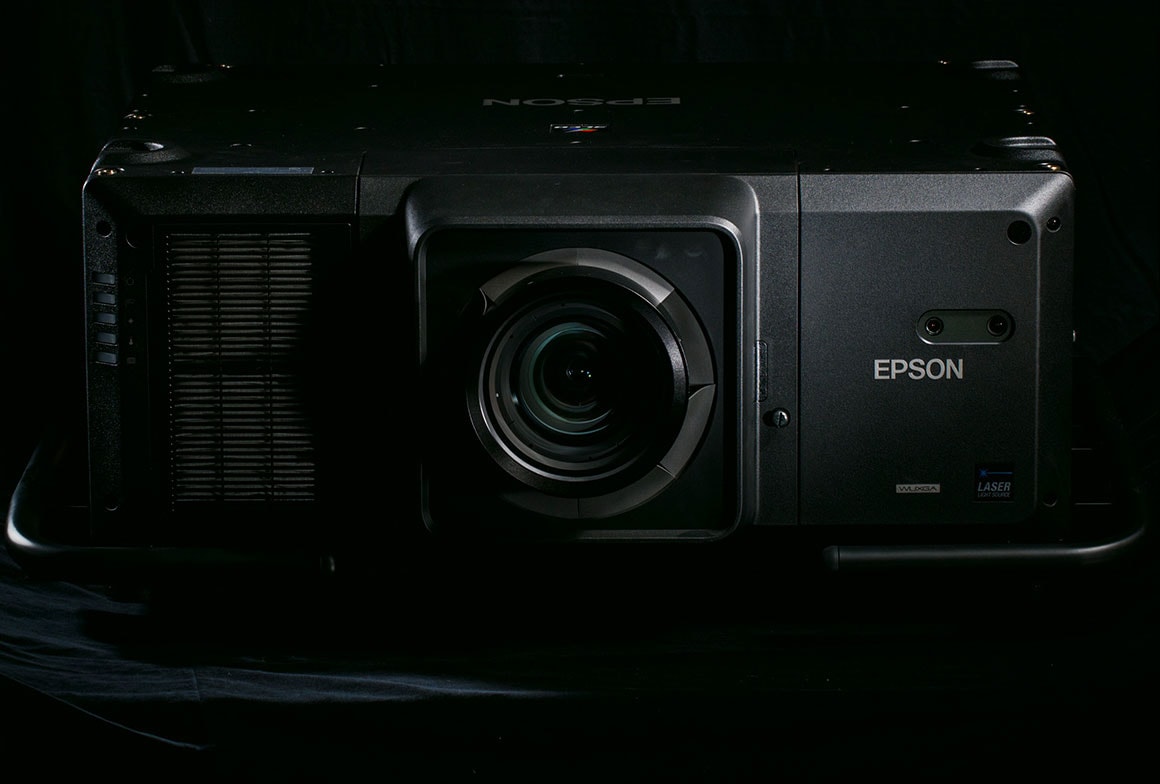EPSON EXCEED YOUR VISION
Article
Breakthrough after relentlessmarket research and steady
efforts:
Looking back at the history
of
visual innovation
Connecting the world
with microdisplay technology
Microdisplay technology lies at the heart of Seiko Epson's LCD projectors and other visual communications products. It combines Epson's proprietary HTPS (high-temperature polysilicon TFT liquid crystal) panel technology with various optical and design technologies.
Before LCD projectors, projectors were large and heavy, not portable, and required room darkening due to their low brightness. However, Epson's 3LCD projectors, the world's first projectors to use three HTPS panels, are characterized by their brightness and ease on the eyes. Not only has it contributed to the culture of large-screen presentations, but it has also been used in educational settings and home theaters. Thus, it has maintained its grip on the top share in the 500+ lumen projector market during the 20 years from 2001 to 2021.
Epson's microdisplay technology has its origins in the Seiko Quartz LC V.F.A. 06LC, the world's first digital watch with a six-digit LCD display, introduced in 1973. The product was highly evaluated for its display which offeres low power consumption and high visibility. Epson went on to launch a liquid crystal business for areas other than wristwatches. This eventually evolved into the current projector business.
However, not all was smooth sailing at first in the projector business.

Development of the VPJ-700,
a compact full-color
LCD video projector
In 1988, Seiko Epson became the first in the world to adopt LCD technology in a projector, and in 1989 launched the VPJ-700, a compact full-color LCD video projector.
However, selling the world's first projector was not easy. The engineering team was expanded to more than 20 members to launch the improved VPJ-2000, but sales did not increase, making the situation worse. At the time, video cameras and other products were becoming increasingly popular, but the need for LCD projectors as a device for projecting images in daily life and in business was limited.
With business continuity in jeopardy, the management decided to downsize and rebuild the business. The first action they took was to research the market by visiting customers around the world.

The last chance:
Discovering opportunities
Five engineers and two sales representatives were chosen to reinvent the LCD projector business. Considering that the original team had around 20 people, the team was trimmed considerably.
The members started visiting various client companies around the world. With the repetition of these steady efforts, they successfully discovered a specific need in the market .
It was in the U.S., where personal computers were in wide use and business presentations were commonplace, to deliver presentations on a large screen connected to the PC.
Seeing that the spread of personal computers had the potential to expand the projector market, the team identified key factors were not only brightness and high resolution to enable projection in brightly lit rooms, but also small size and light weight for portability, and finally, direct connection to a PC. With a goal to double the brightness while halving the size and cost, they went on to review the product design and team structure.
While the development team worked to increase product competitiveness and reduce cost, the production team and sales team continued to expand their operations. They repeatedly visited distributors and carried the prototype around the world. Once distributors could see the actual difference in brightness and resolution, they knew they could sell Epson's products.
Establishing a market:
In further pursuit of visual innovation
Having achieved small size and high resolution, the ELP-3000, the world's first data projector was released in 1994. At the time, Windows 95 was in wide use, creating more opportunities for people to make business presentations. This became one of the drivers of the explosive sales of the ELP-3000, which was designed to project data from a personal computer.
In 1995, Epson reached top position in the domestic projector market. The steady work and the contracts that the team secured on their own feet bore fruit.
The company continued to introduce new products and establish a culture of using projectors for large-screen presentations in the office.
Meanwhile, in 2002, Epson entered the home projector market in full-scale with the ELP-TW100, adding color to people's lives. Also making progress in the field of education, the company is now helping to build an environment where every student can receive equal education.
Regarding technology, microdisplay technology has been applied to products such as smart glasses, while laser light source technology has been applied to projectors. In addition to bright and vivid image expression, product longevity and ease of installation has been realized. Through these achievements, the use of projection mapping for digital art and digital signage in commercial facilities has expanded, and through its images, projectors have now become a source of excitement and surprise for many people.
Epson's innovations in visual communications continue to support learning, working, and living by connecting core technology-driven products with people, products, information, and services, ultimately improving the quality of life and advancing the frontiers of industry.




